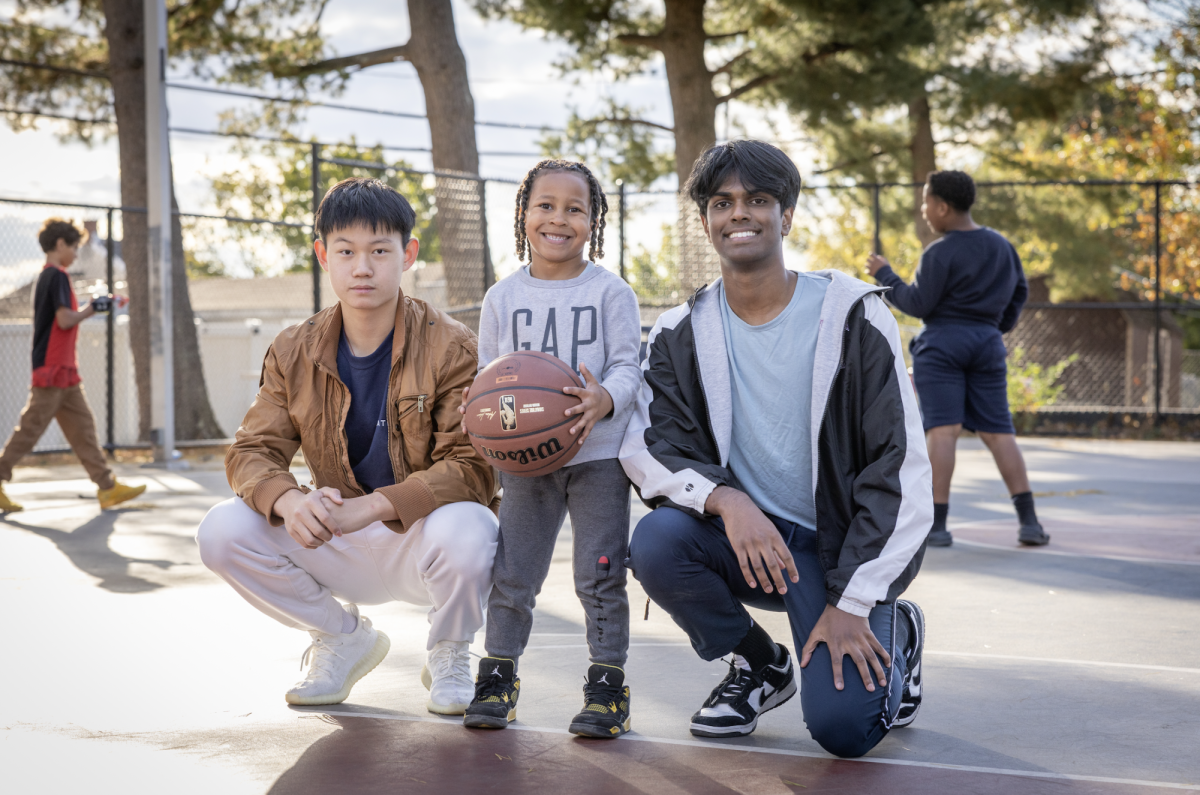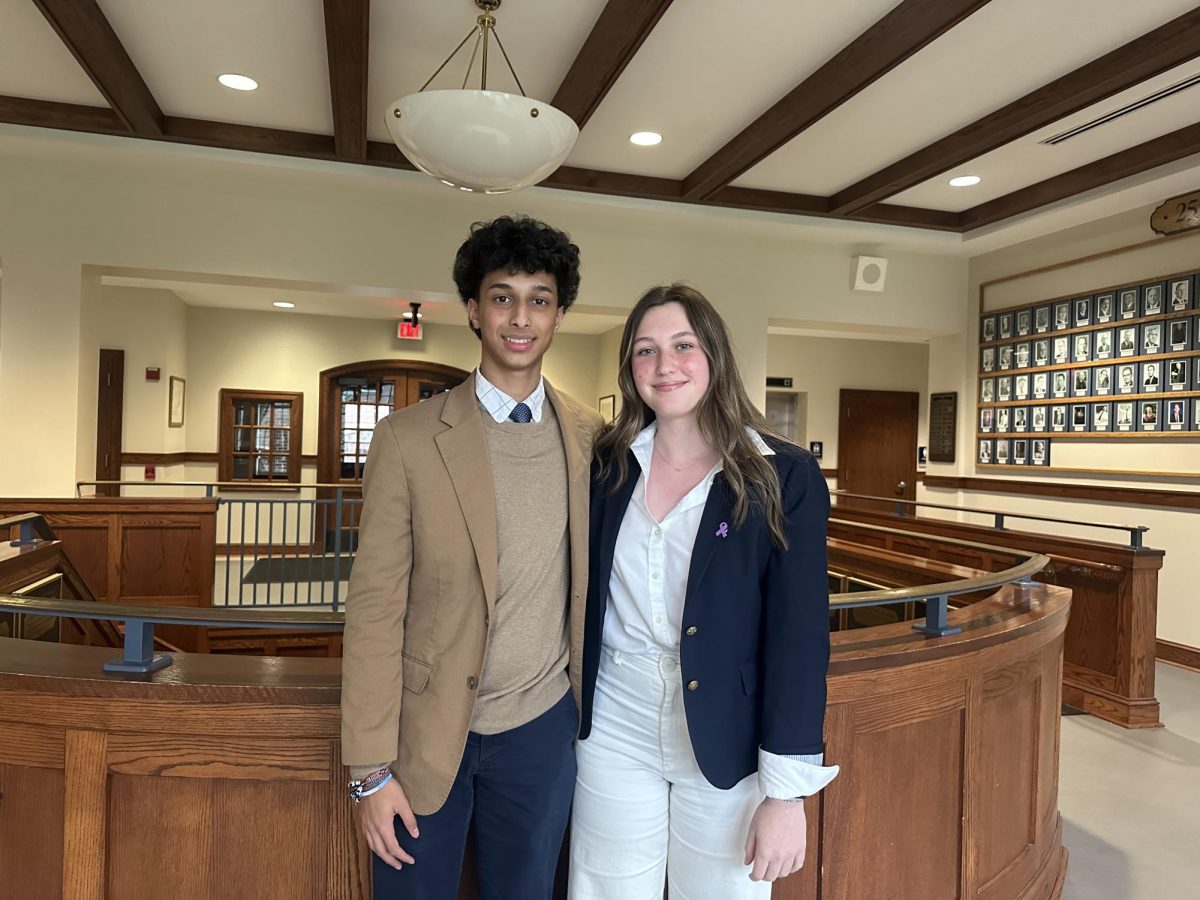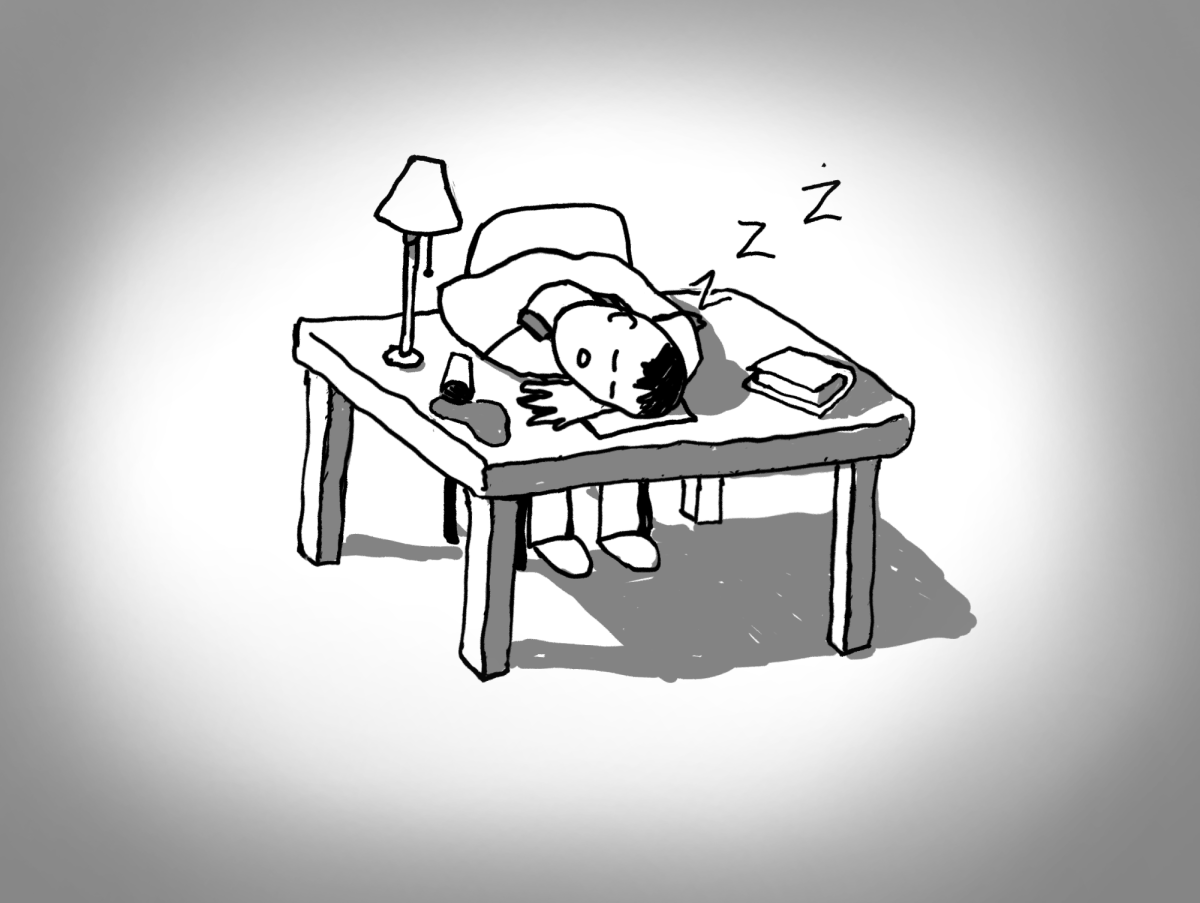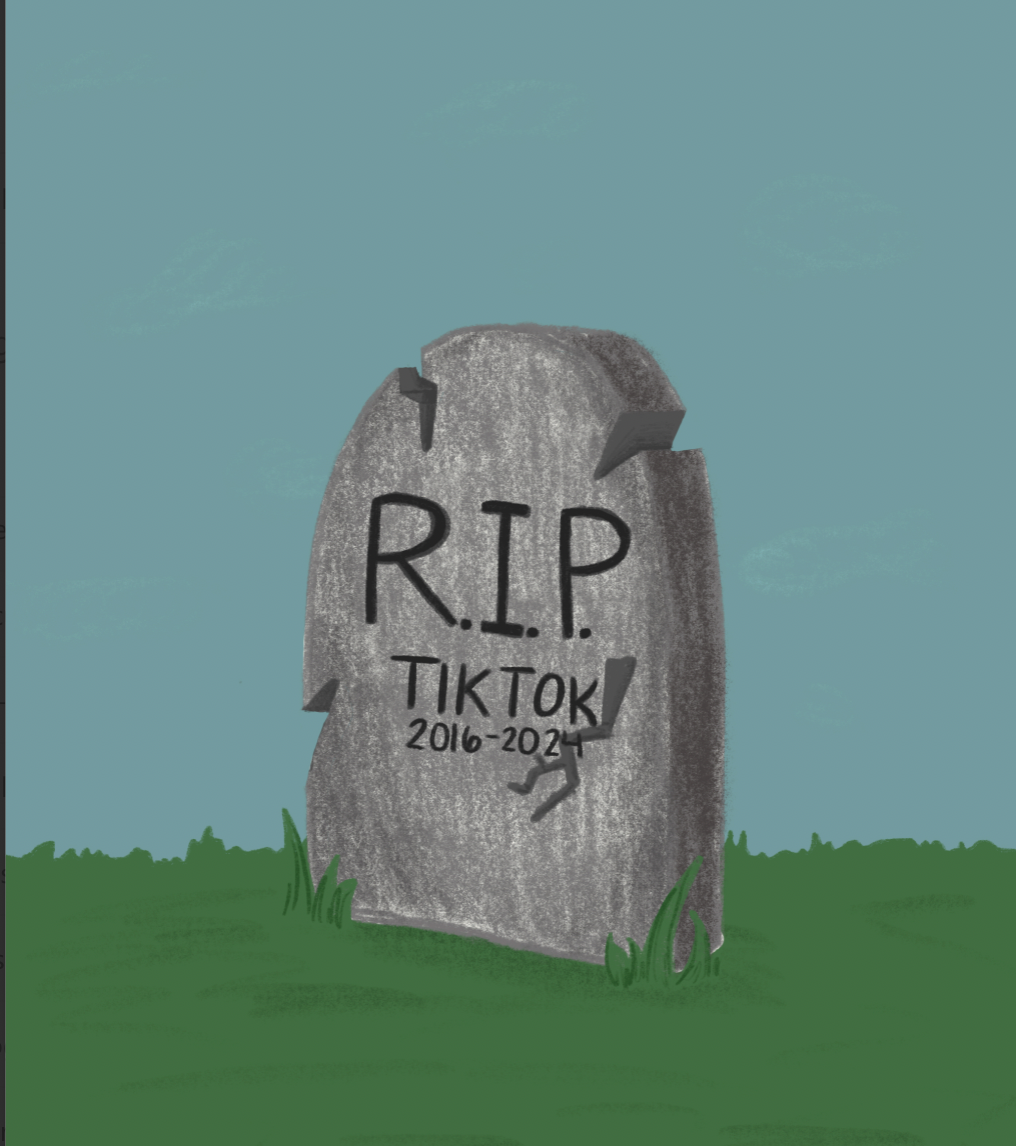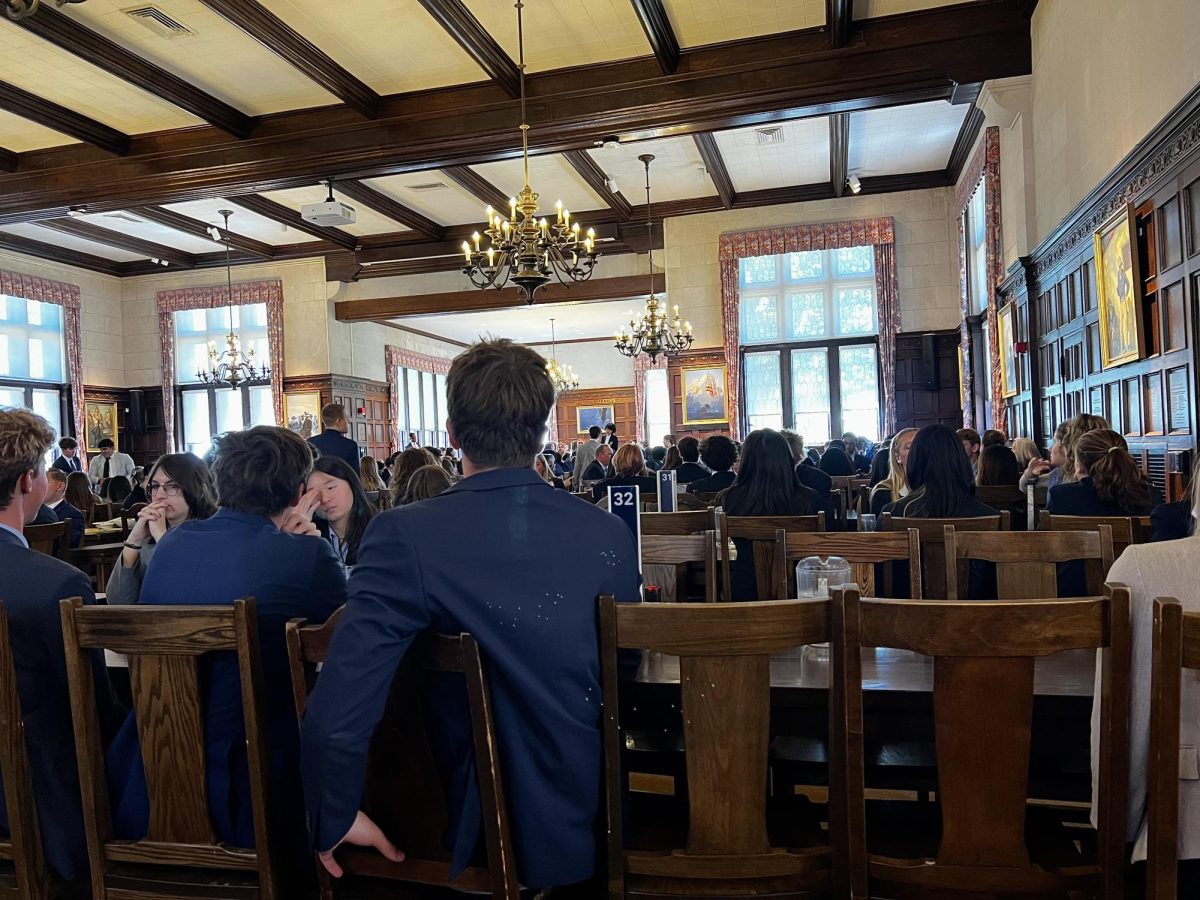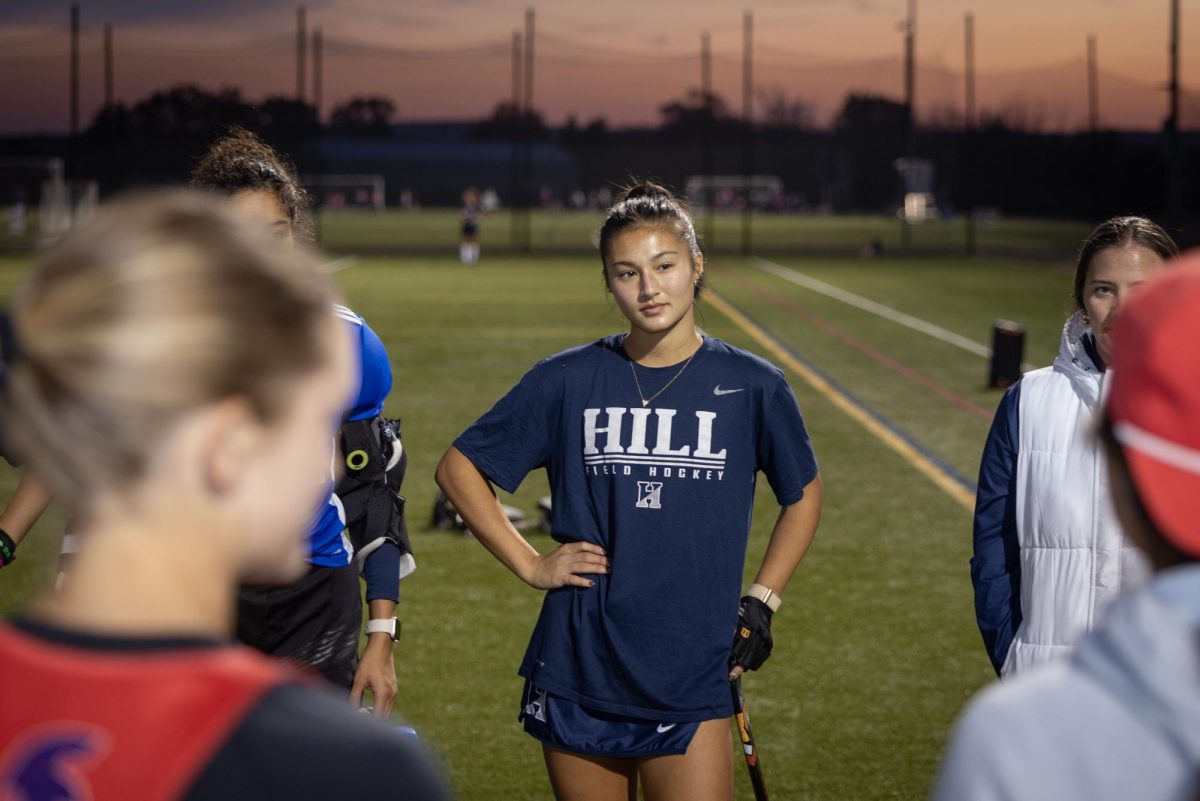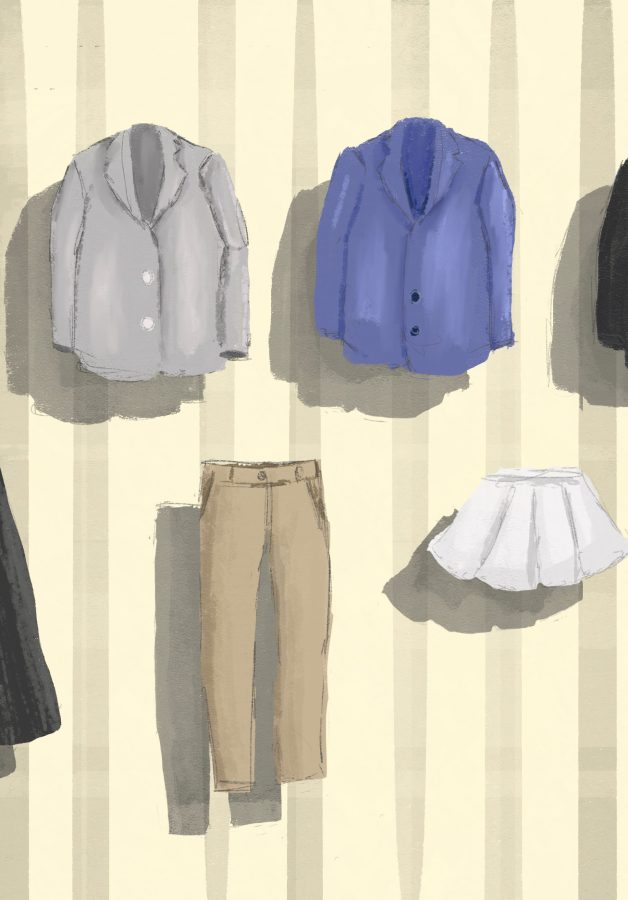The Hill School updates the handbook: a detailed look into its annual revision
At the center of everyday Hill student life lies the handbook. From general codes of conduct to dormitory packing checklists and dress code guidelines, these one hundred pages detail daily Hill operations, clearly outlining expectations and regulations for both students and faculty.
While all are aware of the handbook’s indisputable role in student life, many are unaware of the annual revision it undergoes. In hopes of creating a better school environment for community members, the handbook is adjusted by multiple departments and personnel at the Hill school every year.
Assistant Head of School for Community Life and Dean of Students Ari Baum oversees this annual revision.
For the 2022-2023 handbook, priority was placed on the inclusivity of appearance guidelines for students. Acknowledging that student appearances at Hill take up an enormous aspect of students’ lives, the deans hope to create a dress code that both allows each student to positively identify with the regulations and one that stays true to Hill’s core values.
In order to incorporate student input and faculty advice, the discussion of the handbook revision starts as early as the spring term in the previous year.
In March of the academic year, Deans’ Office Manager Darlene Bainbridge contacts department leaders to share previous regulations pertaining to respective departments. Each department will then revise the section, as they see fit. These changes can be mere cosmetic edits or the addition of a new policy. Students are also able to address areas of the handbook they would like to see altered or to suggest possible additions by contacting the Deans’ Office or to the SGA. This part of the process usually ends around May when all edits have been submitted to the Deans’ Office. Baum then reviews these revisions, while also overseeing all edits of sections that fall under the Deans’ Office authority, like rules and expectations, appearance guidelines, and demerits.
Baum and Assistant Dean of Students Heidi Eccleston would also meet with various student groups and faculty leaders to discuss specific concerns and ideas for the upcoming handbook. For example, Hill’s Advocates for Sexual Orientation and Gender Identity faculty advisers, Head Librarian and The Hill News Adviser Nancy Body and Athey Family Master Teacher of English Amy Agnew, met with Baum and Eccleston to address concerns relating to the student dress code.
“At least the last three or four years, sometimes faculty or student leaders of HASOGI meet with Mrs. Eccleston and me. We will discuss either changing the substance of the dress code or how it is written to make it more inclusive so that it reads in a more inclusive way to all students or as many students as possible. That is definitely a critical part of that process for appearance guidelines,” explained Baum.
“We have talked a lot with HASOGI leaders and members over the past year and they gave us a lot of feedback about dress code issues that are very challenging,” explained Agnew.
“What we were really concerned about was we wanted to see if there was a way that the dress code could be as gender neutral as possible given the traditions of the school. The students we spoke with really felt strongly that it could be just neutral,” said Body.
Both Body and Agnew spoke of hopes to streamline the dress code and to make the guidelines more inclusive and simple for all students. They expressed the concerns of current students, as well as alumni, who had shared personal problems with the dress code.
“[The deans] were very open to everything we presented, and I am super pleased with how the dress code looks after our discussion. We did not get quite everything we suggested or asked for, but we really did get a lot,” explained Agnew.
By mid-June, the draft of the revised handbook is then shared with Head of School Zack Lehman, Assistant Head of School Dr. Sylvia Rodriguez Vargaz, and The Hill’s attorney Tom Reese, all of whom then send questions and revisions back.
Then, in late June, after the writing of the handbook is finalized, the draft is sent to the Office of Strategy Management, making visual changes like additions of graphics and page numbers.
“Our role is to design the publication and give it a final proofing to check for typos and format errors before the final version is made live in late July,” said Denise Spatarella, director of content strategy and communications at OSM. Additionally, graphic designers in the office design the format and electronic layout of the handbook.
Finally, the deans receive and approve this final draft, and the OSM publishes the student handbook for the new school year towards the beginning of August.
The 2022-2023 student handbook marked new changes in several areas, representing the collective effort of the deans and community members.
“We decided prior to the summer to move Appearance Guidelines outside of Rules and Expectations to its own section just so that it is more accessible and easier to read. Another section that is new, but the content is not necessarily new, is Sexual Misconduct policies,” explained Baum.
The major change in the 2022-2023 student handbook is the removal of gendered pronouns in the student appearance guideline section. For example, guidelines to pants and skirts are both under one category now. There are also minor changes in the handbook, like students are no longer required to wear socks in the academic dress code.
On July 16, the student appearance guidance page on The Hill School website was inadvertently updated with a proposed change that was never approved. The link to this page was then sent to Hill families and students in the second “HillInfo” email of the summer. Teachers and administration, however, do not receive these emails and thus, did not see this new change, leading to confusion amongst the Hill community.
The unapproved proposition stated that “Hair longer than collar length (for any gender identity) should be neatly organized and pulled back during the Academic Day in a ponytail, bun, chignon, or similar so that it does not block the student’s face and does not extend below the collar.”
Students were quick to react to this, raising concerns for different racial and ethnic groups within the student body. “Black hair requires a significant amount of maintenance, so maneuvering it every day would be incredibly difficult. Most of us black girls on campus use protective styles, such as braids, which are usually long and quite heavy, and they aren’t the most comfortable to be swept up in a ponytail or bun every day,” Jheanelle Robinson ’23 stated in a text.
OSM corrected the website as soon as the error was brought to their attention, and the proposal was taken down on July 18. “It was an honest mistake but a mistake all the same, and to the extent that this mistake upset or hurt anyone at the time, the school is absolutely sorry. But to reiterate, there was never any decision made to change the dress code in the way that was on the website for that short period of time,” Baum stated.
It is important to note, however, that this suggestion was made in hopes of more inclusive and gender-neutral appearance guidelines. Baum explained that in the attempts to de-gendering the dress code, some suggested proposals were more restrictive for male students and less for female, while others were less restrictive for male and more for female. “We are trying to get to a place where many aspects of the dress code are universal and not gender specific, but there are some areas (Including hair length for male-identifying students) where there is gender directive,” Baum stated in an email.
Despite this minor setback, many involved in the revising of the handbook believe that new guidelines are reaching complete inclusivity through step by step.
“We are definitely moving in the right direction. It seems we are getting more and more inclusive each year. There is still more to be done. We say, ‘The Hill School is your home’ so it is very important to make sure that this is home for everybody– not just one type of student, or one type of faculty, or one type of staff member,” explained Agnew.
“Achieving inclusion is not the only priority in determining the dress code. It can be challenging to satisfy the various priorities of the dress code, though it is a higher priority than ever to be as inclusive as possible,” Baum concluded.
From the editing of page numbers and graphics to discussions of possible revisions and changes, much time and effort goes into revising the handbook each year. This year, students see a handbook revised to create a more inclusive and welcoming environment for students, seen in edits like the gender-neutral appearance guidelines and the heightened significance placed on sexual misconduct.
The Hill School handbook will continue to outline student life and expectations here at this school, holding community members accountable, while also providing opportunities for success. Though its content varies slightly from year to year, one thing remains unchanged: the handbook’s regulation of students’ daily lives.


